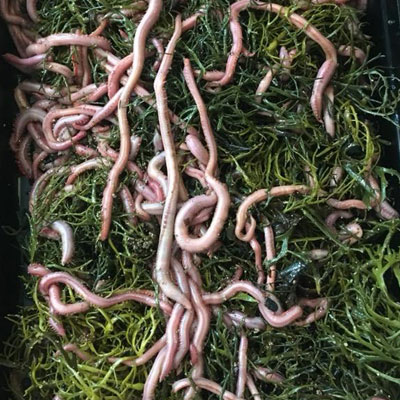

Symptoms usually show up years after the infection began. If a cyst bursts, it can lead to cysts forming in other parts of the body. The larva travels through the bloodstream and forms a cyst somewhere in the body. Humans also can be exposed to eggs in dog feces.Īn egg hatches in the person's intestines. This usually happens when they drink water or eat food with tapeworm eggs. Humans may be the intermediate hosts for other tapeworm species. They may get a tapeworm infection after eating raw or undercooked: Humans are the definitive hosts for some species of tapeworms. In this case, the cow is called the intermediate host, and the person is the definitive host. It produces eggs that pass in the person's stool. The tapeworm attaches to the wall of the intestine where it feeds. The larval cyst develops into an adult tapeworm. When people, the definitive host, eat undercooked meat from that cow, they can develop a tapeworm infection. It forms a protective shell, called a cyst. The young parasite, called a larva, passes into the bloodstream and moves to muscles. If a cow, the intermediate host, eats grass with these eggs on it, the eggs hatch in its intestines. The beef tapeworm eggs can survive in the environment for months or years. For example, beef tapeworms need cattle and humans to go through a complete life cycle. The other host is where the larva become adults, called the definitive host. One host is the place where a parasite grows from egg to larva, called the intermediate host. Most tapeworms need two different hosts to complete a life cycle. If you experience any of the symptoms of tapeworm or larval cyst infection, get medical care.


There also may be pain and swelling at the site of the larval cyst infection. For example, larval cysts can cause severe disease in the liver, lungs or heart. These can affect how well the organ works. Symptoms of larval cyst infection depend on where they are causing disease in the body.



 0 kommentar(er)
0 kommentar(er)
